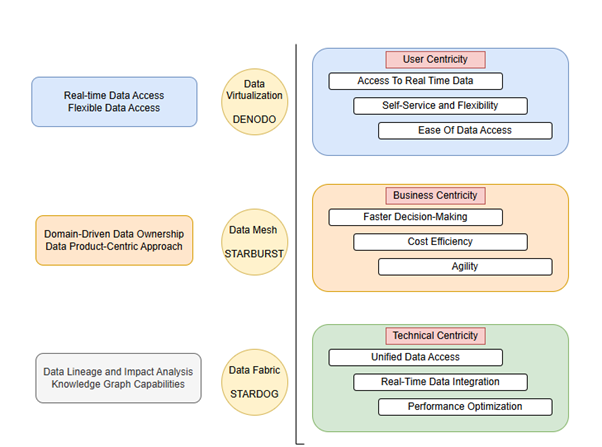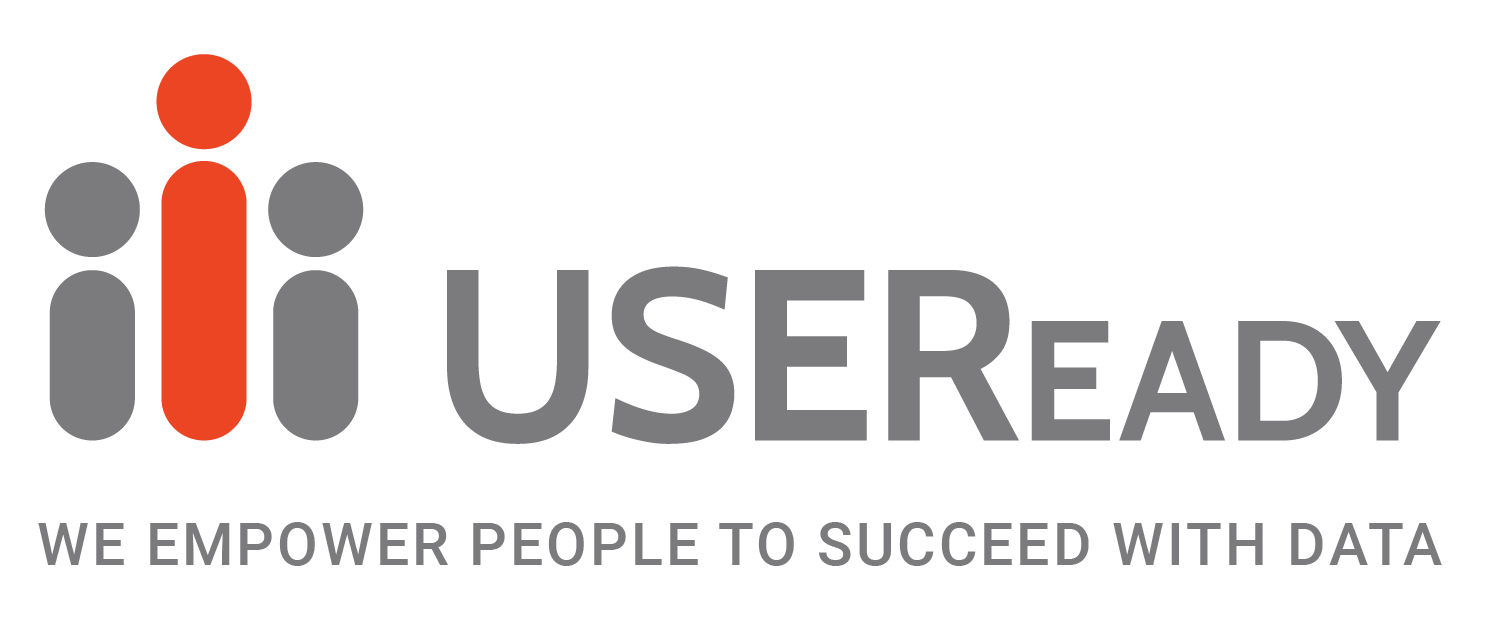Unlocking Real-Time Insights with Advanced Technologies
AI-Powered Data Strategies for Modern Businesses
Harnessing Generative AI for Smarter Data Decisions
The Role of AI and ML in Data Management
Generative AI: Transforming Real-Time Insights
Key Benefits of AI-Driven Data Analytics
Steps to Implement AI and ML for Real-Time Decision-Making
Understanding AI, ML, and GenAI in Data Operations
Enhancing Real-Time Data Analytics with AI Tools
Overcoming Challenges in AI Integration for Data Management
Future Trends in AI-Powered Data Solutions
Data has become the cornerstone of modern enterprises, driving every decision and shaping strategic goals. With the explosion of data sources such as IoT devices, wearables, and sensors, organizations face an urgent need to rethink how they manage, process, and leverage this wealth of information. Traditional methods of collecting and storing data in centralized systems can no longer keep up with the rapid pace of data generation. Moving massive datasets from one place to another often leads to bottlenecks and inefficiencies.
To overcome these hurdles, businesses need to embrace a new approach: consuming data at its source instead of moving it. This paradigm shift focuses on real-time access, controlled permissions, and harnessing the power of AI to make smarter, faster decisions. In this blog, we’ll explore how this new strategy is reshaping the way companies manage and utilize data.

Business and Technological Demands for Modern Data Management
Today’s businesses thrive on insights derived from real-time data analysis. But with data velocity, volume, and variety at an all-time high, traditional methods struggle to provide the speed and agility needed for analytics. To succeed, businesses must bridge data silos seamlessly and transform raw data into actionable insights in near-real time. This necessitates the re-evaluation of data strategies from both business and technical perspectives.
From a business perspective, the goal is to unlock value from real-time data by reducing operational costs, such as storage and compute. Technically, this requires real-time data collection, processing, and cost-efficient storage solutions. The focus on real-time insights requires approaches that connect data sources without physically moving them, evaluate the efficiencies of decentralized storage, and implement strategies that avoid data silos.
Emerging technologies, including AI, ML, and Generative AI (Gen AI), are revolutionizing how organizations approach data management, enabling efficient data consumption, analysis, and decision-making in real-time. These innovations also provide opportunities to optimize data processing, enhance predictive analytics, and automate key workflows.
Modern Data Management Technologies: Addressing Business Needs
1. Data Virtualization: Real-Time Data Access Without Replication
Data Virtualization provides real-time integration and access to data without physically moving it. Technologies like Denodo and others help businesses achieve unified views of data across multiple sources, fostering agility, cost-efficiency, and collaboration.
- AI/ML Enhancements: AI and ML algorithms can be integrated with data virtualization platforms to analyse data in real-time, uncovering patterns and insights that might not be evident from traditional analysis methods. For example: Predictive models can identify trends and anomalies, enabling faster and more informed decisions.
- Cost Efficiency: By reducing the need for data duplication and physical movement, data virtualization saves on storage and compute costs. AI-driven predictive analytics can optimize resource allocation further by analysing usage patterns and predicting future demands.
- User Experience: With data access consolidated into a single, unified view, AI-powered search and discovery tools can help users quickly find and retrieve relevant data, improving productivity and minimizing time spent on manual data exploration.
2. Data Mesh: Decentralizing Data Management for Efficiency
Data Mesh focuses on decentralizing data storage, which is particularly beneficial for large organizations. Domain-specific teams take ownership of their data products, ensuring a more agile approach to data management.
- AI/ML for Data Governance and Quality: AI and ML can help maintain high data quality and governance standards within each domain. AI models can be used for data validation, automatically identifying inconsistencies or errors in the datasets, and suggesting corrective actions. Furthermore, ML-driven data lineage tracking can enhance data governance by providing a clear map of data origin, transformations, and usage.
- Collaboration through Gen AI: Gen AI tools can aid collaboration across decentralized domains by enabling data sharing and context generation, automating the creation of data documentation and metadata. This empowers domain teams with self-service access to data and insights while ensuring consistency and adherence to governance standards.
- Real-time Collaboration: With AI-enhanced Data Mesh solutions, cross-domain collaboration becomes more seamless. Machine learning algorithms can be deployed to automatically align data from different domains, minimizing the risk of fragmentation and data silos.
3. Data Fabric: Real-Time Integration with Governance
Data Fabric provides a unified data ecosystem, integrating data across on-premises, cloud, and hybrid environments. It offers real-time data access, governance, and analytics capabilities while optimizing workflows for efficiency.
- AI-Powered Automation: AI plays a key role in data fabric solutions by automating data management tasks like data discovery, integration, and transformation. This reduces manual efforts, speeds up decision-making, and improves data accuracy.
- Real-Time Decision Making with ML: Machine learning algorithms integrated with data fabric solutions can automatically identify trends and make real-time predictions. This helps businesses take immediate actions based on data-driven insights. For example, ML models can predict supply chain disruptions and recommend adjustments, or forecast customer behaviour, enabling proactive decisions.
- Enhanced Data Governance with AI: AI-powered governance tools within the data fabric can automatically enforce compliance policies, track metadata, and apply security measures across all data sources. These capabilities help maintain consistency and ensure that sensitive data is properly managed and protected.
AI, ML, and GenAI in Modern Data Management
- Predictive Analytics: Machine learning can forecast future trends based on historical data, enabling businesses to anticipate changes and adjust strategies proactively. In industries like finance, healthcare, and retail, predictive models can help anticipate customer needs, optimize supply chains, and mitigate risks.
- Real-Time Insights: AI and ML algorithms can be integrated into data management tools to provide real-time insights from streaming data. For example, in manufacturing, real-time sensor data can be analysed to predict equipment failures before they occur, reducing downtime and maintenance costs.
- Data Automation and Efficiency: Generative AI (GenAI) automates the creation of data pipelines, reports, and other business processes. This reduces the workload on IT teams and business users, allowing them to focus on higher-value tasks like strategy and innovation.
- Natural Language Processing (NLP): Gen AI can also enable users to interact with data through natural language queries, making it easier for non-technical users to extract insights. For instance, a sales manager could ask, “What were the top-performing products last quarter?” and receive an AI-generated report with relevant insights.
Key Differences and Takeaways
- Data Virtualization: Ideal for organizations needing unified, real-time access to data without moving or replicating it. Enhanced by AI for predictive analytics and real-time insights.
- Data Mesh: Best suited for organizations that need decentralization and domain ownership, with AI and ML helping maintain data quality, governance, and cross-domain collaboration.
- Data Fabric: A comprehensive solution for large, distributed data environments, enhanced by AI-driven automation and real-time analytics capabilities, providing consistent governance and data integration.
Conclusion
As organizations increasingly rely on data for decision-making, leveraging AI, ML, and GenAI capabilities is becoming essential. By adopting modern data management technologies like Data Virtualization, Data Mesh, and Data Fabric, businesses can unlock the full potential of their data while ensuring real-time access, enhanced governance, and cost-efficiency. These technologies, combined with AI and machine learning, empower organizations to make faster, more informed decisions, ensuring they stay competitive in the ever-evolving digital landscape.
References:
https://aircconline.com/ijsea/V10N5/10519ijsea03.pdf
https://www.linkedin.com/pulse/generative-ai-transforming-future-data-management-getondata-dqpaf
https://www.stardog.com/blog/how-stardog-uses-ai
https://www.stardog.com/platform/features/graph-machine-learning/Bottom of Form


